Increasingly popular in recent times, bifold doors are a timeless and valuable investment to make when it comes to sprucing up your property. Stylish, sleek, and offering a seamless motion, bifolding doors also create the illusion of additional interior space, allow you to enjoy panoramic views of your surroundings, and flood your home with natural light.
What are bifold doors made of?
Despite the general perception that bifolds are a new craze, their design was actually invented by the ancient Romans, who created the concertina fold, which is the basis of how modern day bifolds operate.
Across the market, there are three main materials when it comes to bifold doors. These are timber, UPVC (plastic), and aluminium. In order to assist you in choosing the right material for you, we’ve taken a look at the advantages and disadvantages of each.
Timber bifold doors
Timber is a traditional option that works well with older properties that already have existing timber windows. It is on the more expensive side, particularly where bespoke sizes are required, but it can be painted any colour you wish, as well as repainted in the future.
On the other hand, timber bifold doors will require maintenance to ensure longevity, and ultimately might not last as long as their UPVC and aluminium counterparts. Since they’re made from wood, they are also more susceptible to warping over time, constant exposure to sunlight and other elements, or excessive heat.
UPVC bifolding doors
UPVC bifold doors tend to be cheaper than aluminium and likely to last forever. They are often available in a vast array of RAL colours and so can be paired with any existing windows.
While UPVC is more flexible than aluminium, meaning it has a higher likelihood of warping and malfunctioning down the line, they are a good option for those on tighter budgets.
Aluminium bifold doors
One of the best options on the market, aluminium bifolds are sturdy, available in a range of colours, and require much less maintenance than the other timber or UPVC bifolds. Aluminium bifolds often offer a sleek design and look expensive, adding an instant ‘wow’ factor to your property.
While aluminium bifolds are the most expensive, they are the least likely to warp or become misaligned in the future.
What is the best material for a bifold door?
Ultimately, when it comes to bifold doors, you get what you pay for. One failsafe method to ensure that you are pleased with the end product is to visit a showroom and get to know what manufacturer will be making your bifold. It also depends on the style of your property, and what fits it aesthetically.
For high-quality bifold installations across the southeast, from Crouch End to Horsham, you can trust Your Price Bifolds for an on-time, on-budget, and above expectations service. Get in touch with us today on 0203 874 5166.


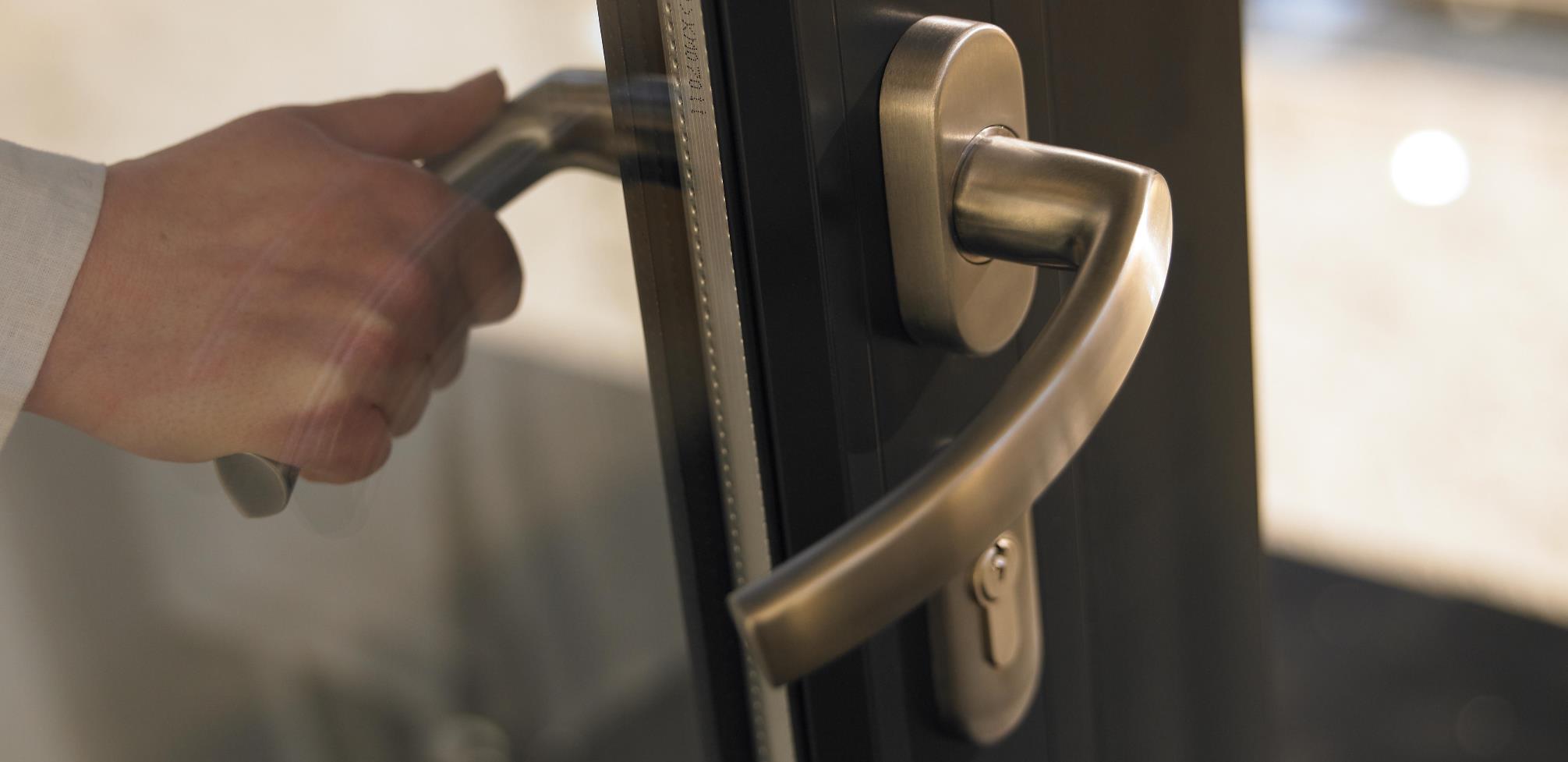
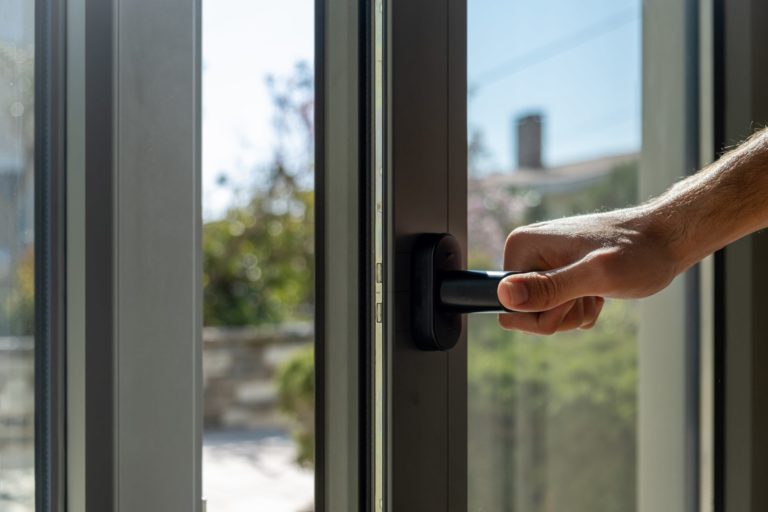

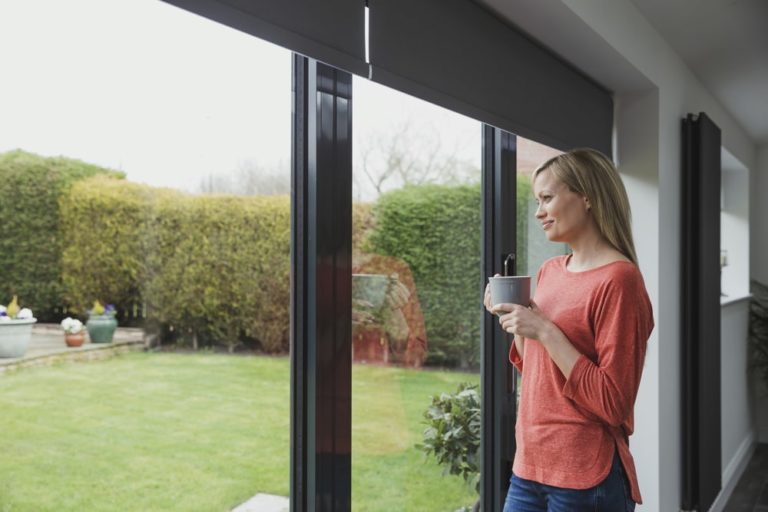
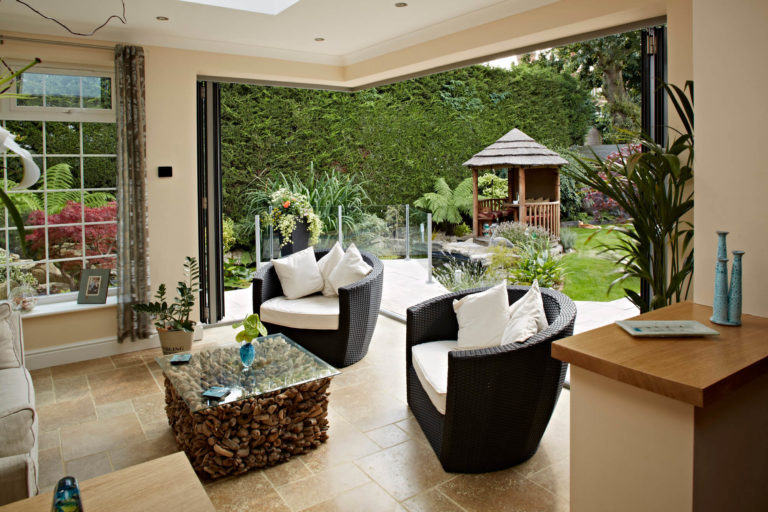
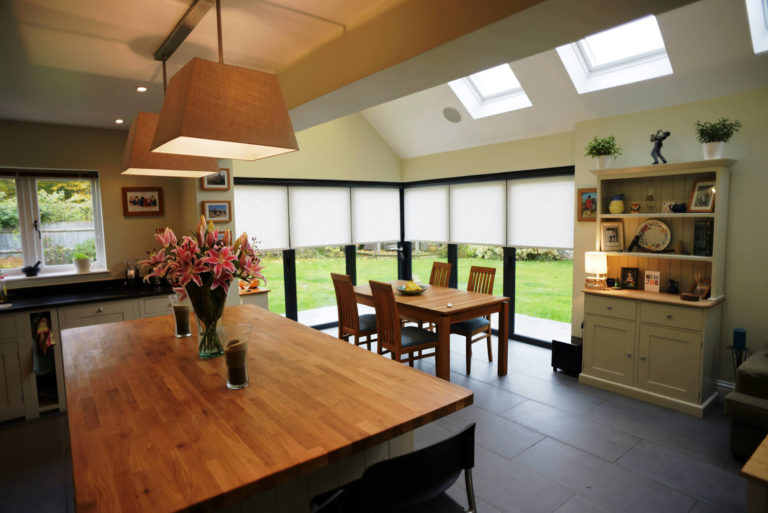
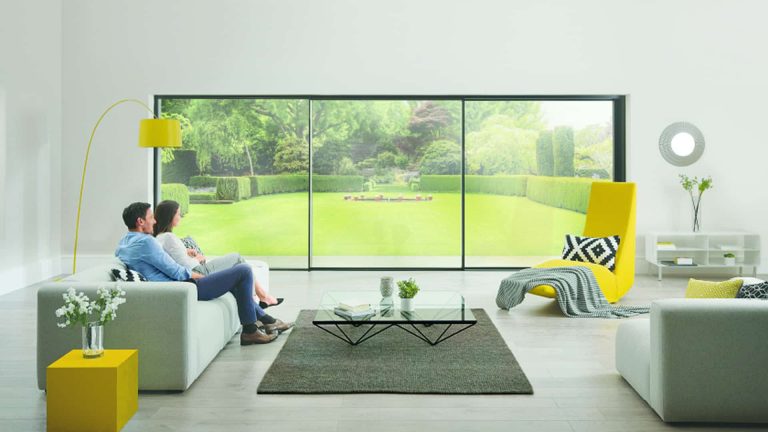
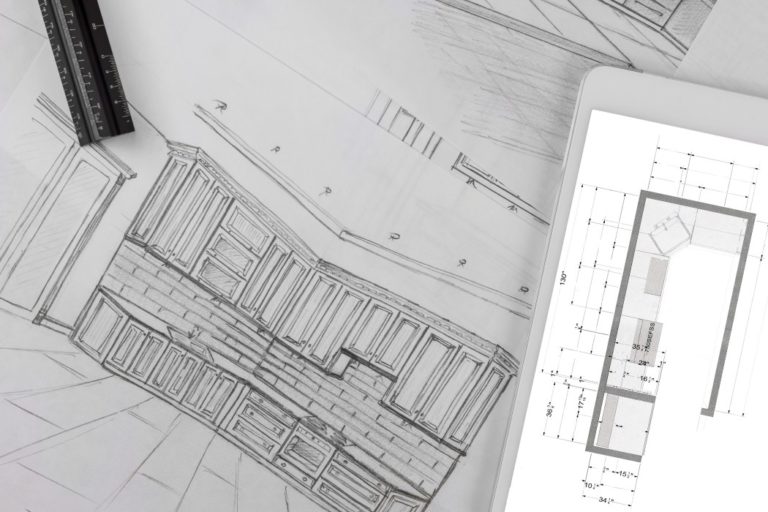
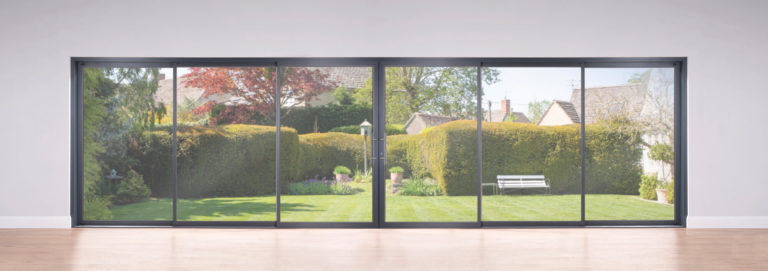
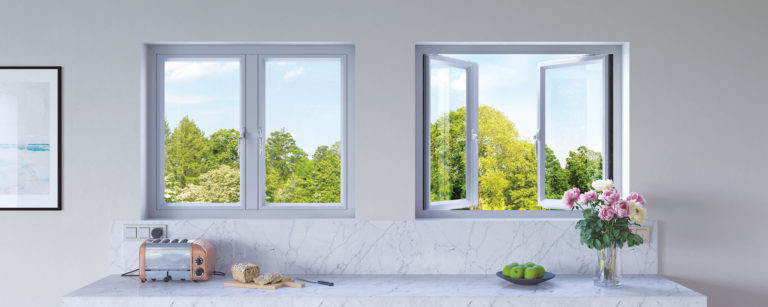

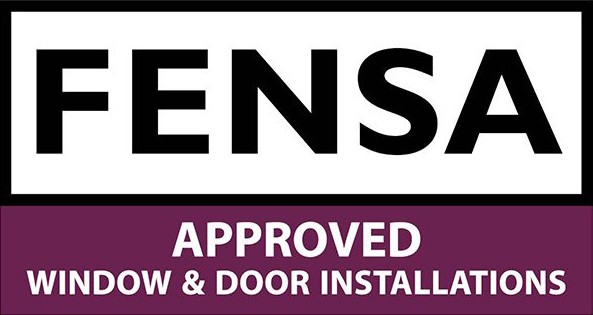





![🌟 Step Through the Door to Style! 🌟
This isn’t just any door—it’s your gateway to YPE WIndows🚪✨ Come explore our exclusive designs and discover something truly unique.
📍 Where? Visit our showroom at [sutton Surrey].
🕒 When? [appointment only from Monday - Saturday
Don’t miss the chance to see our stunning collection in person. Take the first step—through this door!
#YPECollection #ExclusiveDesigns #ShowroomVibes #StepInStyle](https://yourpricebifolds.co.uk/wp-content/plugins/instagram-feed-pro/img/placeholder.png)